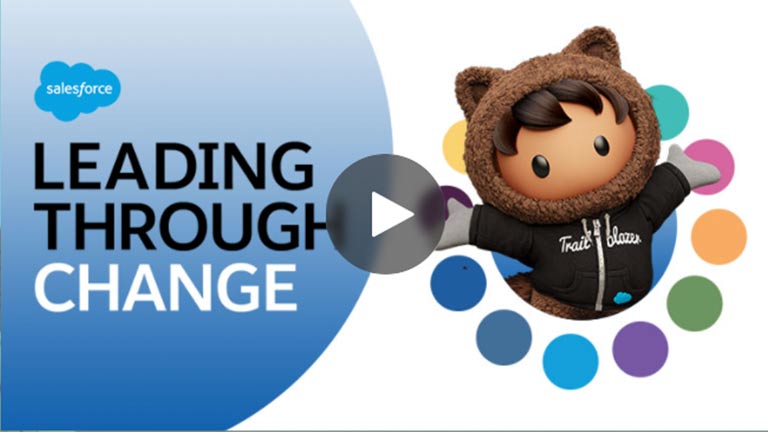How to Accelerate Digital Transformation with the Technology Modernization Fund
A step-by-step guide for government agencies to navigate the program and apply for funding
Director, Federal Digital Strategy
Digital transformation and IT reform continue to be at the forefront of conversations as government agencies update their processes to meet evolving mission needs. It's no surprise that agencies are hesitant to take on such a huge task — the large number of processes that rely on existing legacy systems require a lot of time and resources to migrate to a modernized platform.
Demands for faster service, better data management, and the increased role of automation within government agencies are pushing many to commit to modernization by moving to a secure and future-proof platform.
To help agencies make these upgrades, the federal government created the Technology Modernization Fund (TMF) to subsidize the cost of this transformation.
As part of the American Rescue Plan, Congress allocated $1 billion to provide additional support at the federal level and allow local agencies to increase their IT budgets. The updated TMF also lowered the threshold for approval and reduced the repayment burden that limited agencies from receiving funding when the fund was first created in 2016.
Now, government agencies can apply for TMF funding to cover proposals that address a number of digital-centric efforts, including improving citizen-facing systems, stemming cybersecurity issues, increasing cost savings, and encouraging cross-agency collaboration.

Chapter 1: How to Apply for the Technology Modernization Fund
1. Contact the TMF for assistance in shaping your proposal.
Crafting a successful proposal is no easy feat. Thinking up a modernization project and translating that into a structured proposal involves a lot of time, effort, and resources. And there’s no guarantee that the proposal will be approved.
Luckily, the TMF Board is composed of industry leaders who have the knowledge and experience to help government agencies create stronger proposals. Experts can provide advice and guidance to strengthen your proposal as it takes shape, increasing the chances of getting approved.
Learn more about how to get help preparing your submission on the TMF website.

2. Create your initial project proposal.
The initial project proposal is a simplified version of the full proposal meant to prescreen projects and maximize the number of unique, quality proposals the TMF Board reviews. Agencies get to make the case that their projects will have a real, measurable impact on both the government and constituents.
One of the most important components of the initial proposal is explaining why TMF funding is right for the proposed use. Outline what the goals of the proposal are, how they tie into larger modernization efforts, and the direct benefit the TMF funding would have. Also, explain what will happen to the project if it is not funded by the TMF.
The initial proposal can also include information about metrics of success including the potential cost savings the project would bring. Altogether, the information in the initial proposal should demonstrate a well-thought-out project that directly addresses an issue caused by outdated IT infrastructure.

3. Submit your full project proposal.
If your initial proposal is approved by the TMF Board, then your agency will be required to submit a full project proposal. This is a comprehensive proposal complete with project milestones and a detailed funding schedule. You’ll also be required to prepare a pitch deck and presentation for the Board.
Detailed templates for both initial and full proposals are available to help guide the creation of your proposals.
Chapter 2: Types of Projects Funded by the TMF

See if your project falls into one of the priority areas for funding:
- Address immediate IT needs
- Identify and close security gaps
- Improve the public’s ability to access government services













